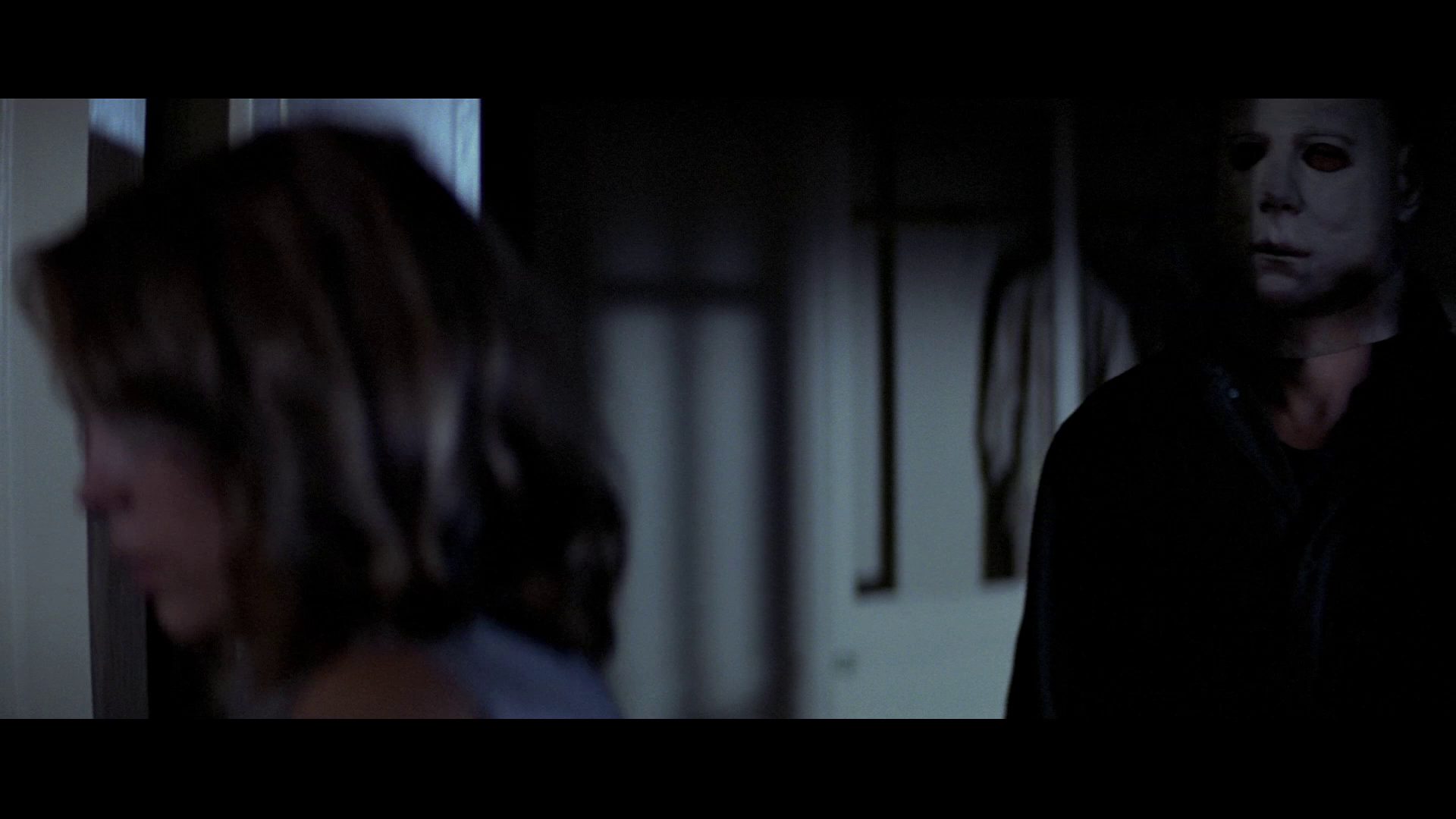John Carpenter’s ‘Halloween’ Celebrates Its 45th Anniversary

A first-timer’s perspective on the decades-old indie classic
Redefining holidays is a classic practice in the horror genre. Bob Clark’s “Black Christmas” (1974) haunts the Christmas season, Steven Spielberg’s “Jaws” (1975) brings terror to Independence Day weekend, and even Valentine’s Day turns evil in George Mihalka’s “My Bloody Valentine” (1981). But of course, no holiday hosts as many hair-raising films as Halloween. In 1978, John Carpenter fortified this when he created the aptly titled “Halloween.”
Taking place on Halloween night, the notorious villain, Michael Myers, escapes from an asylum to return to his hometown of Haddonfield, Illinois 15 years after murdering his sister. He stakes out Laurie Strode (Jamie Lee Curtis) as his new target and stalks her, slowly killing off her friends until finally coming face to face with the final girl.
A fairly simple idea, with an even simpler construction (10 days of screenwriting, a roughly $320,000 budget, and 21 days of filming) became a sensation in the film space. In its first week at the box office, “Halloween” made $1,270,000. Overall, the film grossed $70 million, a far cry from its meager indie budget.
“Halloween” is heralded as one of the greatest slashers, and possibly the first in a long line of inspired films like Sean S. Cunningham’s “Friday the 13th” (1980), Wes Craven’s “A Nightmare on Elm Street” (1984), and Wes Craven’s “Scream” (1996).
Although not the first slasher film, “Halloween’s” impact on the genre and popular culture cannot be ignored. As someone born over two decades past the original release, the presence of Michael Myers and his ghostly masked face looms over me still. And although it took me an additional 20+ years to finally view the film, I’ve always known the skeleton of the plot. Several more of the “greatest horror movies of all time” have equally recognizable stories. In one way or another, everyone is familiar with the shower scene from Alfred Hitchcock’s “Psycho” (1960), Ghostface’s infamous first call in “Scream,” or countless other horror movie moments that are now permanently etched into pop culture.
My introduction to “Halloween” was through a flashlight that played a variety of “Halloween sounds.” Among wolf howls and bubbling cauldrons, Carpenter’s plucking theme suggested an automatically recognizable symbol for the holiday. I have to agree with the sound choice, as “Halloween’s” score is played so widely that a person can hear it and know it without having seen a single minute of the original film.
And on the topic of originals, although I arrived far past “Halloween’s” emergence, my lifetime has been sprinkled with “Halloween” reboots every few years, the most recent example being from only one year ago with David Gordon Green’s “Halloween Ends” (2022), the alleged final installment of the series.
With thirteen films spanning almost five decades, the “Halloween” franchise seems as resilient as its murderous antagonist. But even without the additional twelve sequels of extremely varying quality, “Halloween” stands strong alone, also like Michael Myers.
In terms of the plot, I wasn’t particularly blown away by any unexpected content. As I’ve said, “Halloween’s” tropes have manifested in hundreds of horror movies since its conception. Teen sex leading to violent death, absent authority figures, and the traumatized final girl wielding a shaky knife are all things I know. Perhaps having a chance to see this story played out for the first time in 1978 would give me a different opinion. However, what I was truly awed by was the cinematography.
Slashers are often equated — justified or not — with “cheap” or poor-quality cinema. Whether this be a diss on writing, shooting, acting, or all of the above, all slashers seem at risk of this perception. As one of its most recent viewers, casting “Halloween” in this light would be wrong.
“Halloween” was, according to Murray Leeder and the Library of Congress, the first film to make extensive use of the Panaglide. This had the effect of meticulous long takes that loom with a hauntingly calm steadiness. Such shots prove a deep intentionality within the filmmaking that broaches far beyond accusations of half-hearted effort. This coupled with the use of shadows to illuminate and darken various visual aspects throughout the narrative further strengthens “Halloween’s” spot as one of the greats.
Carpenter may not have had such aspirational sights in 1978 when he set out with $320,000 change and a four-week film schedule, yet his independent slasher became a formidable force in the industry, catapulting a new wave of horror that even someone 45 years into the future can enjoy. “Halloween” serves as an inspiration for what horror can be and apparently, what a holiday can be too. The heart-pounding score now echoes throughout Halloween decorations, and children don Michael Myers costumes as they would Frankenstein’s monster or Dracula, enjoying the thrill of one good scare.
